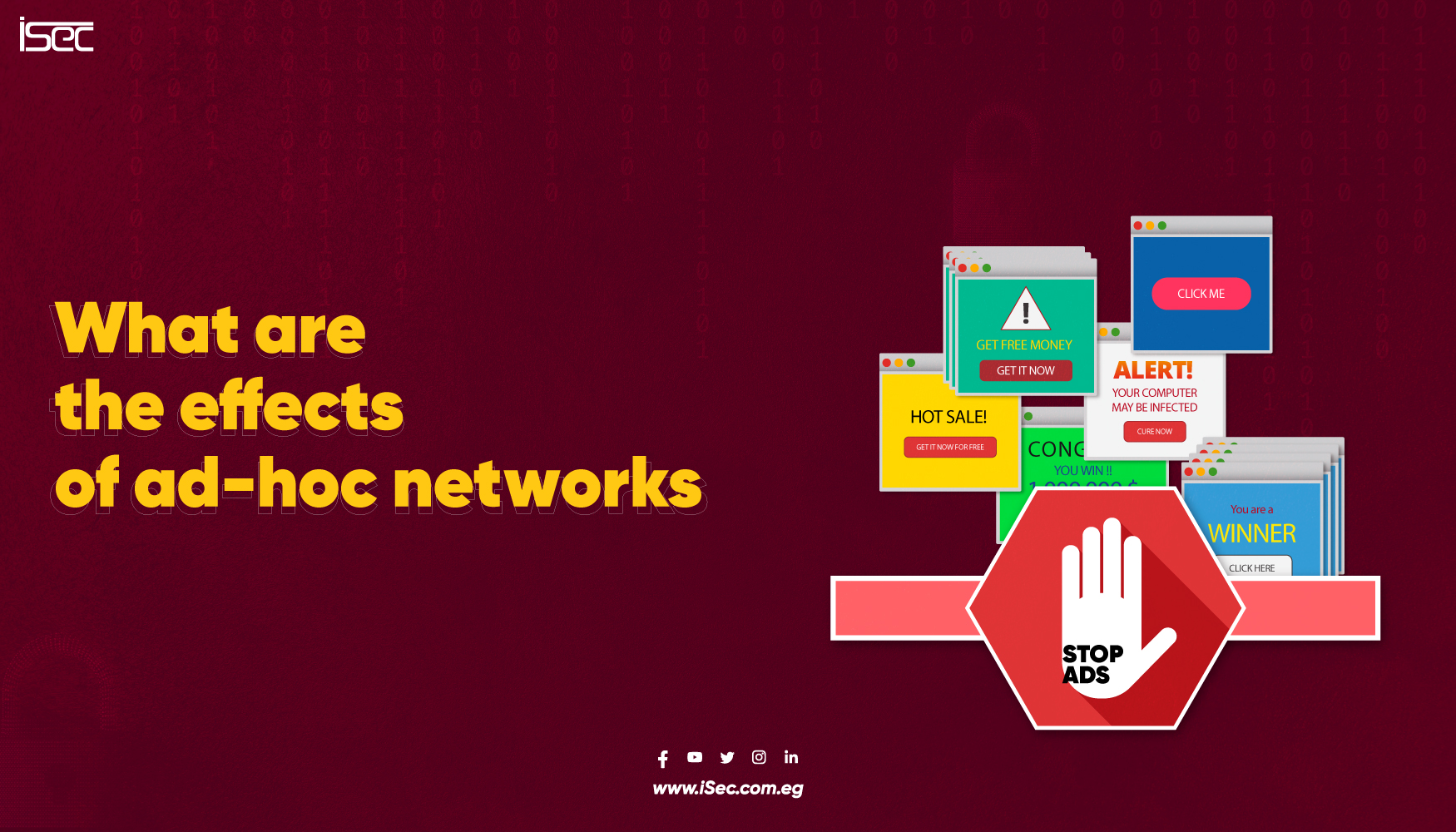
In the realm of modern networking, ad-hoc networks have emerged as dynamic and versatile solutions that offer unique effects on connectivity and communication. Unlike traditional networks that rely on fixed infrastructure, ad-hoc networks are formed spontaneously among devices, allowing them to communicate directly without the need for centralized access points. Let’s delve into the fascinating effects of ad-hoc networks and how they impact various aspects of technology and connectivity.
Enhanced Flexibility and Mobility
One of the primary effects of ad-hoc networks is their ability to provide enhanced flexibility and mobility. Devices within an ad-hoc network can establish connections on the go, adapting to changing environments and requirements. This flexibility is particularly valuable in scenarios such as disaster recovery operations, outdoor events, or temporary gatherings where traditional infrastructure may be unavailable or impractical.
Decentralization and Self-Organization
Ad-hoc networks operate in a decentralized manner, which means that each device in the network can act as a node, contributing to the overall network connectivity. This decentralized architecture enables self-organization, where devices autonomously establish and maintain connections based on proximity and communication needs. As a result, ad-hoc networks are resilient to node failures and can dynamically adapt to network changes.
Rapid Deployment and Cost Efficiency
The ease of setting up ad-hoc networks contributes to rapid deployment and cost efficiency. In situations where deploying traditional network infrastructure is time-consuming or costly, ad-hoc networks offer a quick and cost-effective alternative. For example, emergency response teams can quickly establish ad-hoc networks to coordinate efforts and share critical information in disaster-stricken areas.
Challenges in Security and Resource Management
While ad-hoc networks offer numerous benefits, they also present challenges, particularly in terms of security and resource management. The lack of centralized control makes ad-hoc networks susceptible to security threats such as unauthorized access or malicious attacks. Additionally, resource management, including efficient routing and bandwidth allocation, can be more complex in dynamic ad-hoc environments.
Impact on the Internet of Things (IoT) and Sensor Networks
Ad-hoc networks play a vital role in the development of the Internet of Things (IoT) and sensor networks. By enabling direct communication between IoT devices and sensors without relying on centralized gateways, ad-hoc networks facilitate real-time data exchange and collaboration. This has significant implications for smart cities, environmental monitoring, and industrial automation.
Conclusion
In conclusion, ad-hoc networks have transformative effects on connectivity, mobility, and resource management in modern networking environments. Their decentralized nature, coupled with enhanced flexibility and rapid deployment capabilities, makes them invaluable for various applications ranging from emergency response to IoT deployments. However, addressing security challenges and optimizing resource management are essential steps in harnessing the full potential of ad-hoc networks for future technological advancements.
By understanding and embracing the effects of ad-hoc networks, we can leverage their capabilities to create innovative solutions that enhance connectivity and communication in our increasingly interconnected world.



